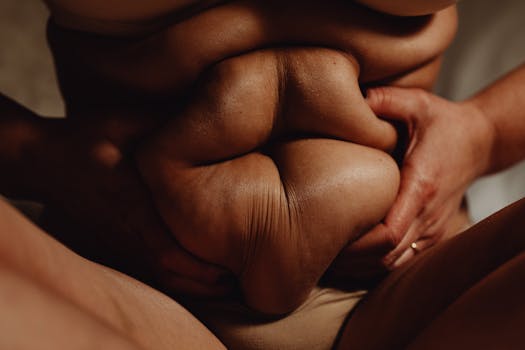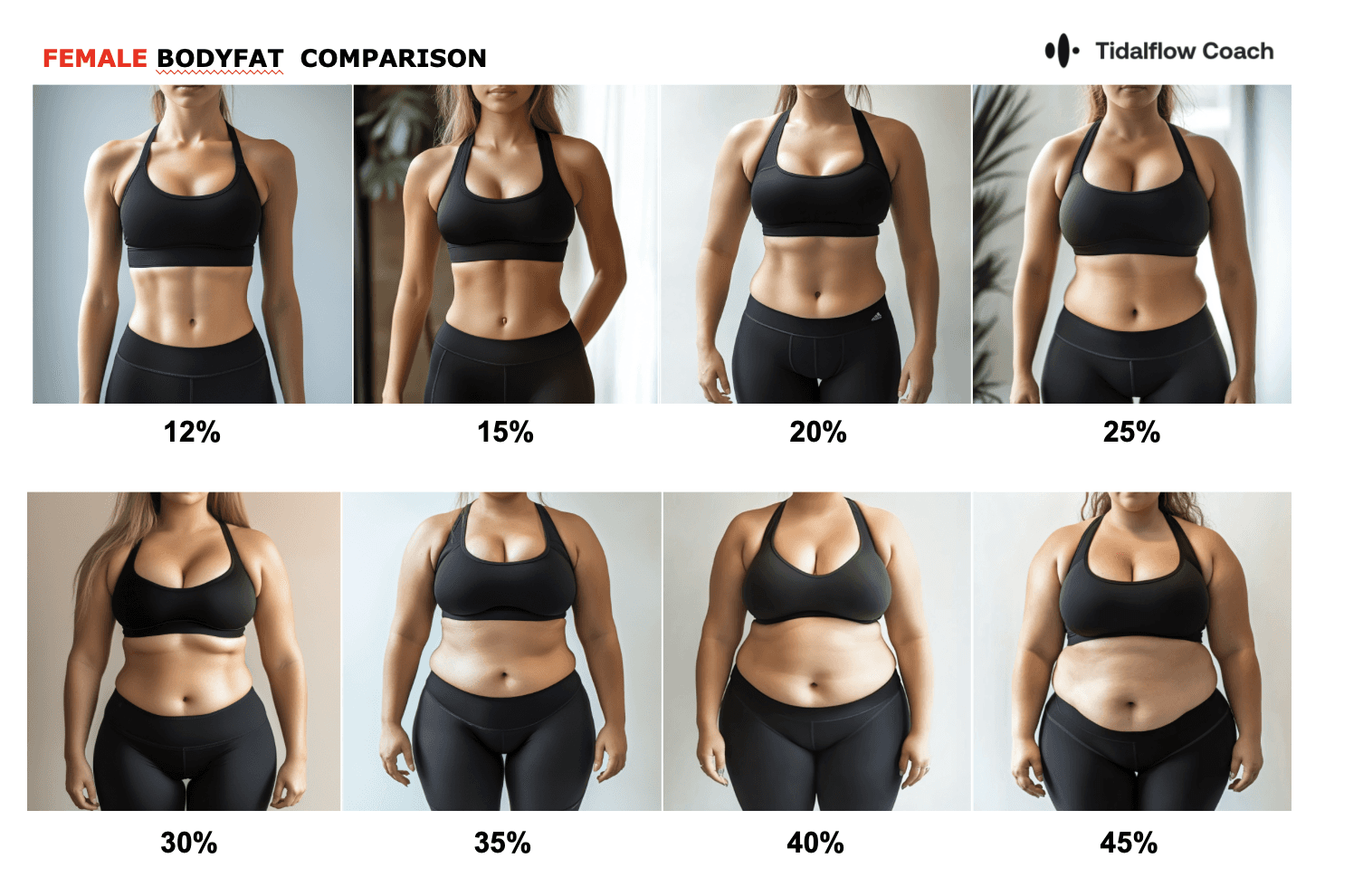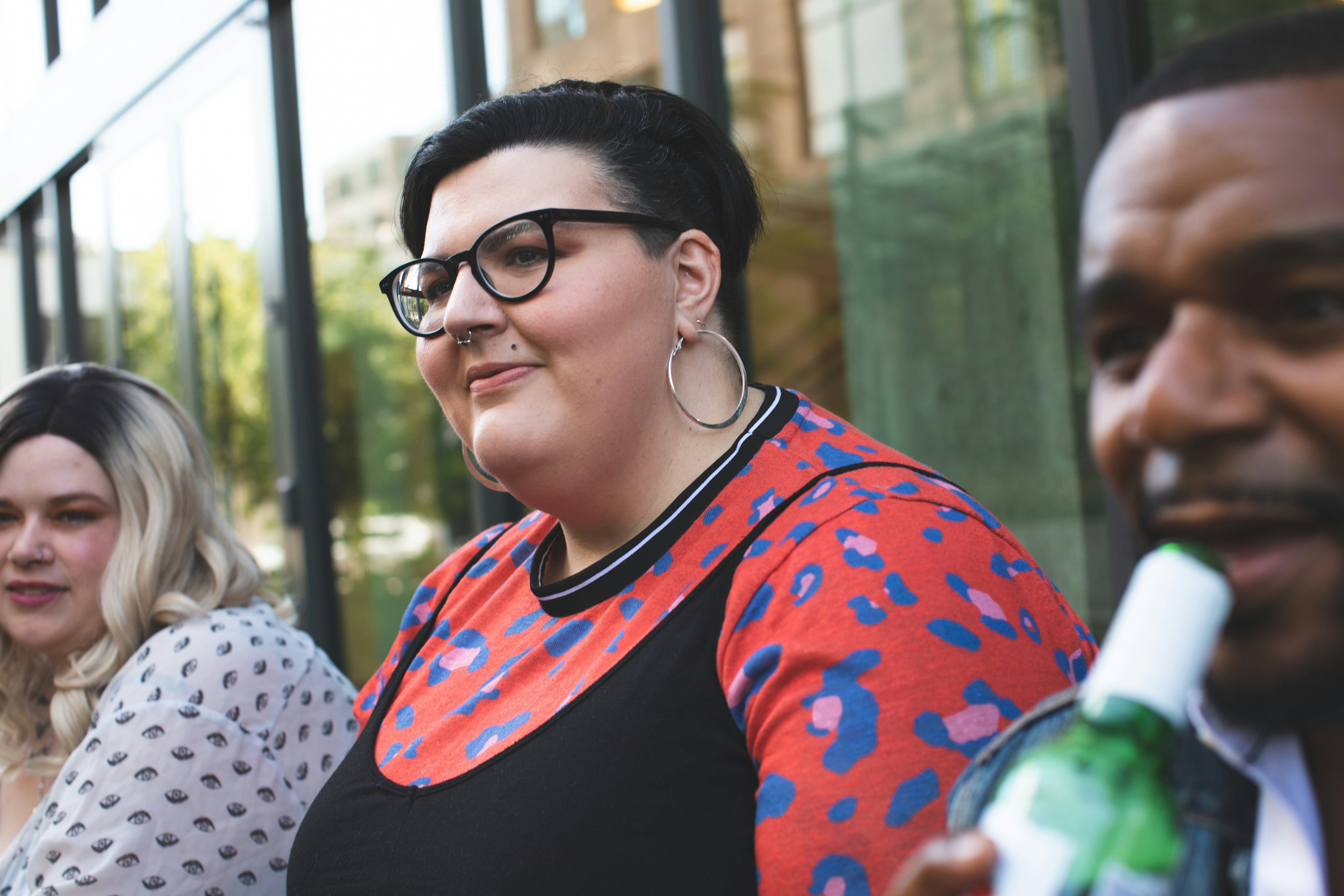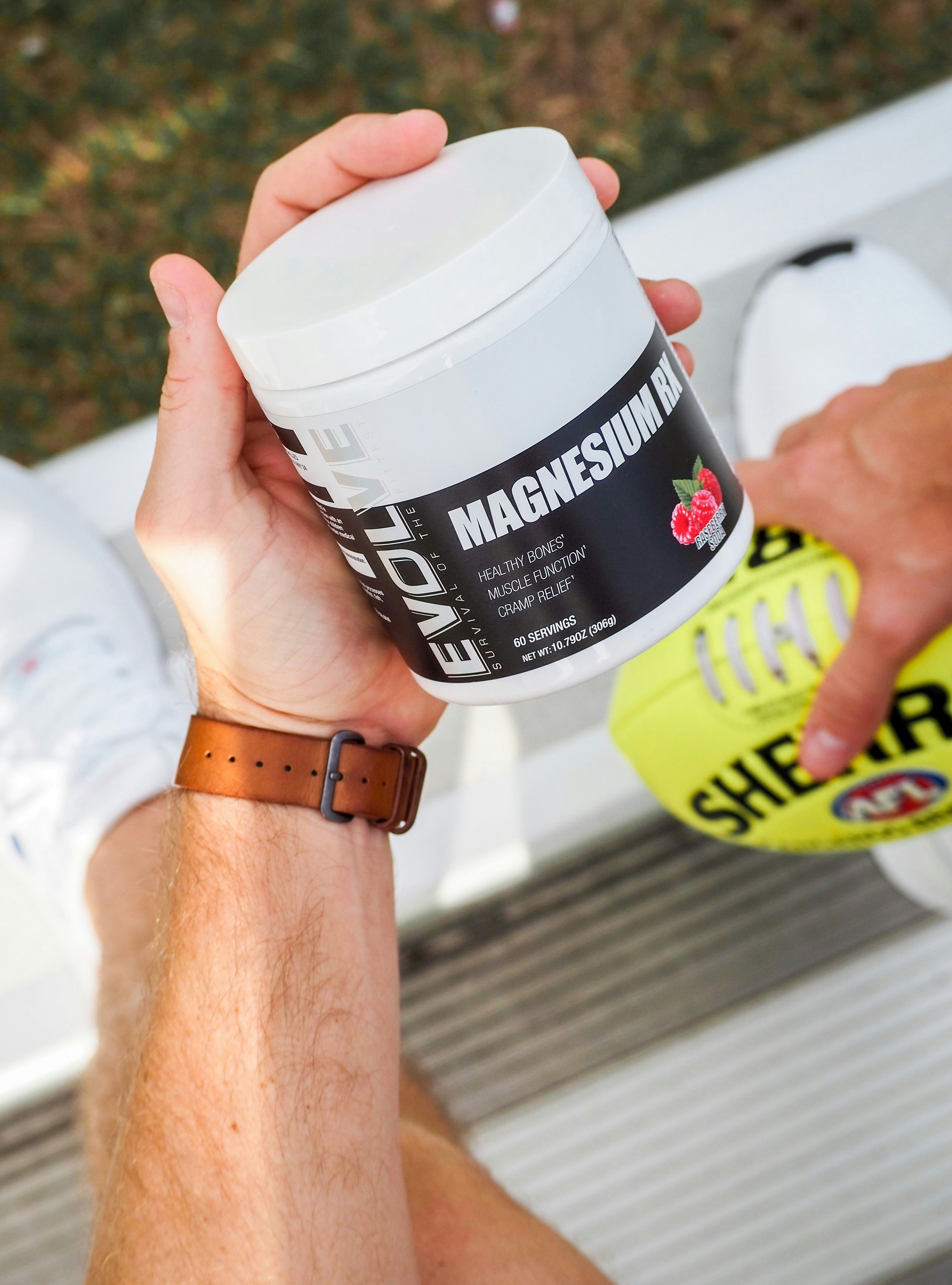Workout Wardrobe: How Many Outfits Do You Really Need?
Sep 13, 2024
When embarking on a fitness journey, one often overlooked aspect is having the right workout wardrobe. The question "How many workout outfits should I have?" is more complex than it seems, as the answer depends on various factors including your workout frequency, type of exercises, and lifestyle. In this comprehensive guide, we'll explore how to build an efficient workout wardrobe that supports your fitness goals without overwhelming your closet or budget.
Understanding Your Workout Needs
Before determining the number of workout outfits you need, it's essential to assess your fitness routine:
1. Workout Frequency
How often do you exercise per week?
Do you work out multiple times a day?
2. Types of Workouts
Cardio exercises (running, cycling, etc.)
Strength training
Yoga or flexibility work
High-intensity interval training (HIIT)
Sports-specific activities
3. Workout Environment
Gym
Home workouts
Outdoor activities
Climate considerations (hot, cold, or variable weather)
The Base Number: A Starting Point
As a general rule, aim for:
3-5 workout tops
3-5 pairs of workout bottoms (shorts, leggings, etc.)
1-2 sports bras (for women)
5-7 pairs of workout socks
2 pairs of athletic shoes
This base set allows for a week of workouts without daily laundry, assuming you exercise 3-5 times per week.
Factors That Might Increase Your Workout Wardrobe Needs
1. High-Frequency Training
If you're working out daily or multiple times a day, you'll need more outfits to avoid constant laundry.
Recommendation: Add 2-3 additional complete outfits.
2. Diverse Workout Types
Different activities may require specific gear:
Cycling shorts for biking
Looser pants for yoga
Compression gear for intense workouts
Recommendation: Add 1-2 specific outfits per additional activity type.
3. Climate Variability
If you exercise outdoors in varying weather conditions, you'll need options:
Lightweight, breathable clothes for summer
Layering pieces for colder weather
Waterproof gear for rainy conditions
Recommendation: Add 2-3 weather-specific outfits.
4. Laundry Habits
Less frequent laundry cycles mean you'll need more outfits to rotate through.
Recommendation: Add 1-2 additional outfits for each day you delay laundry beyond a week.
Essential Workout Wardrobe Pieces
Let's break down the key components of a versatile workout wardrobe:
1. Tops
2-3 moisture-wicking t-shirts
1-2 tank tops
1 long-sleeve shirt for layering
2. Bottoms
2-3 pairs of shorts (varying lengths)
2-3 pairs of leggings or fitted pants
1 pair of looser-fitting pants for activities like yoga
3. Sports Bras (for women)
2-3 high-impact sports bras for intense workouts
1-2 medium-impact bras for lower-intensity activities
4. Socks
5-7 pairs of moisture-wicking athletic socks
5. Shoes
1 pair for general training
1 pair specific to your primary activity (e.g., running shoes, lifting shoes)
6. Outerwear
1 lightweight jacket or vest
1 heavier jacket for cold weather (if applicable)
7. Accessories
1-2 sweat-wicking headbands or hats
1 pair of weightlifting gloves (if needed)
1 water-resistant watch or fitness tracker
In this insightful video by Kathryn Mueller, viewers are guided through the process of building a practical and stylish gym wardrobe. Kathryn shares expert tips on selecting the right workout gear, from choosing versatile and comfortable pieces to ensuring your wardrobe is tailored to different fitness activities. Whether you're new to fitness or looking to upgrade your gym attire, this video offers valuable advice on making smart clothing choices that enhance your workout experience.
Quality Over Quantity: Investing in Your Workout Wardrobe
While it might be tempting to stock up on cheap workout clothes, investing in quality pieces can be more cost-effective in the long run:
Durability: Higher-quality fabrics withstand frequent washing and intense workouts.
Performance: Better materials enhance comfort and performance during exercises.
Longevity: Well-made clothes last longer, reducing the need for frequent replacements.
Alt text: Detailed view of moisture-wicking, durable fabric used in high-quality workout clothing
Care and Maintenance: Extending the Life of Your Workout Clothes
Proper care can significantly extend the lifespan of your workout wardrobe:
Wash after every use to prevent bacteria buildup
Use cold water and gentle cycles to preserve fabric integrity
Avoid fabric softeners, which can clog moisture-wicking properties
Air dry when possible to prevent shrinkage and fabric breakdown
Rotate your shoes to allow them to fully dry between uses
For more tips on maintaining your fitness gear, check out our guide on prolonging the life of your workout equipment.
Building a Versatile Workout Wardrobe
To maximize the efficiency of your workout wardrobe, focus on versatility:
1. Choose Neutral Colors
Opt for basics in neutral colors that can easily mix and match.
2. Layer Strategically
Invest in pieces that can be layered for different weather conditions.
3. Multi-Purpose Items
Select items that can transition between different types of workouts.
4. Seasonal Rotation
Store off-season items to free up space and extend their lifespan.
When to Replace Your Workout Clothes
Even with proper care, workout clothes don't last forever. Signs it's time to replace items:
Fabric thinning or becoming see-through
Loss of elasticity, especially in leggings or sports bras
Persistent odors that don't wash out
Visible wear and tear, holes, or fraying
Generally, expect to replace heavily used items every 6-12 months.
Sustainable Choices in Workout Wear
As fitness enthusiasts, it's important to consider the environmental impact of our workout wardrobes:
Choose eco-friendly fabrics like recycled polyester or organic cotton
Look for brands with sustainable manufacturing practices
Consider second-hand or gently used workout gear
Donate or recycle old workout clothes responsibly
Learn more about sustainable fitness practices to reduce your environmental footprint.
In this video, Jessmssheppard shares her all-time favorite workout clothes as she walks you through her gym capsule wardrobe. She offers practical advice on selecting versatile, comfortable, and stylish pieces that can be mixed and matched for any workout routine. Perfect for those looking to simplify their fitness wardrobe while maintaining a trendy and functional style.
Tailoring Your Workout Wardrobe to Your Fitness Journey
As your fitness routine evolves, so should your workout wardrobe. Here's how to adapt:
Beginner's Wardrobe
If you're just starting your fitness journey, begin with the basics:
2-3 complete outfits
1 pair of versatile athletic shoes
Focus on comfort and motivation rather than specialized gear
Intermediate Exerciser
As you diversify your workouts, expand your wardrobe:
4-6 complete outfits
2 pairs of shoes (one for cardio, one for other activities)
Begin investing in activity-specific items
Advanced Fitness Enthusiast
For those deeply committed to diverse fitness routines:
7-10 complete outfits
Multiple pairs of specialized shoes
High-performance, activity-specific gear
The Psychology of Workout Clothes
Believe it or not, your workout wardrobe can impact your exercise performance:
Enclothed cognition: Wearing workout clothes can mentally prepare you for exercise
Confidence boost: Feeling good in your outfit can enhance your workout motivation
Functionality: Proper gear reduces distractions and discomfort during exercise
For more on the mental aspects of fitness, explore our article on the mind-body connection in exercise.
Budgeting for Your Workout Wardrobe
Building a workout wardrobe doesn't have to break the bank:
Prioritize essential pieces first
Gradually add specialized items as your routine develops
Look for sales and off-season discounts
Consider multi-packs for basics like socks and t-shirts
Invest in quality for high-wear items like shoes and sports bras
Organizing Your Workout Wardrobe
An organized workout wardrobe makes it easier to maintain and use effectively:
Use drawer dividers or bins to separate different types of gear
Store off-season items in vacuum-sealed bags
Keep a laundry basket specifically for workout clothes
Use hanging organizers for smaller items like headbands and gloves
Store shoes in a well-ventilated area
Adapting Your Workout Wardrobe for Home Fitness
With the rise of home workouts, your wardrobe needs might change:
Fewer outfits needed due to reduced transition time
More focus on comfort for varied home activities
Less need for outdoor-specific gear
Consider how your home workout routine affects your wardrobe needs and adjust accordingly.
Special Considerations for Different Body Types
Your body type and personal comfort should guide your workout wardrobe choices:
Plus-size: Look for brands specializing in extended sizes for better fit and comfort
Petite: Seek out brands offering shorter inseams and proportional fits
Tall: Opt for brands with longer lengths in tops and bottoms
Pregnancy: Invest in maternity-specific workout wear for growing bellies
Remember, comfort and confidence are key, regardless of your size or shape.
Tech-Integrated Workout Wear: The Future of Fitness Fashion
As technology advances, workout wear is becoming smarter:
Fabrics with built-in UV protection
Clothes with sensors to track biometrics
Temperature-regulating materials
Compression wear with targeted muscle support
While exciting, remember that these high-tech options are supplements to, not replacements for, a solid base workout wardrobe.
Conclusion: Crafting Your Ideal Workout Wardrobe
So, how many workout outfits should you have? The answer varies, but a good rule of thumb is to have enough to cover a week of workouts plus a few extras. This typically translates to:
5-7 complete outfits for the average fitness enthusiast
7-10 for those who work out daily or participate in varied activities
3-5 for beginners or those with a more relaxed routine
Remember, your workout wardrobe should support and enhance your fitness journey, not complicate it. Focus on building a collection of versatile, high-quality pieces that meet your specific needs and preferences.
As you continue on your fitness path, your workout wardrobe will evolve. Listen to your body, pay attention to your workout patterns, and adjust your wardrobe accordingly. With the right gear, you'll be well-equipped to tackle any workout that comes your way.
Ready to take your fitness journey to the next level? Let Tidalflow's AI-powered personal trainer help you create a workout plan that's as tailored as your workout wardrobe. Whether you're exercising at home, in the gym, or outdoors, we'll help you make the most of your fitness gear and reach your goals.
Elevate Your Fitness Journey with Tidalflow - Start Your Personalized Plan Today!
By combining a well-planned workout wardrobe with Tidalflow's expert guidance, you're setting yourself up for fitness success. Your perfect workout outfit is waiting – and so is your next great workout!
You should not have to do it all on your own













